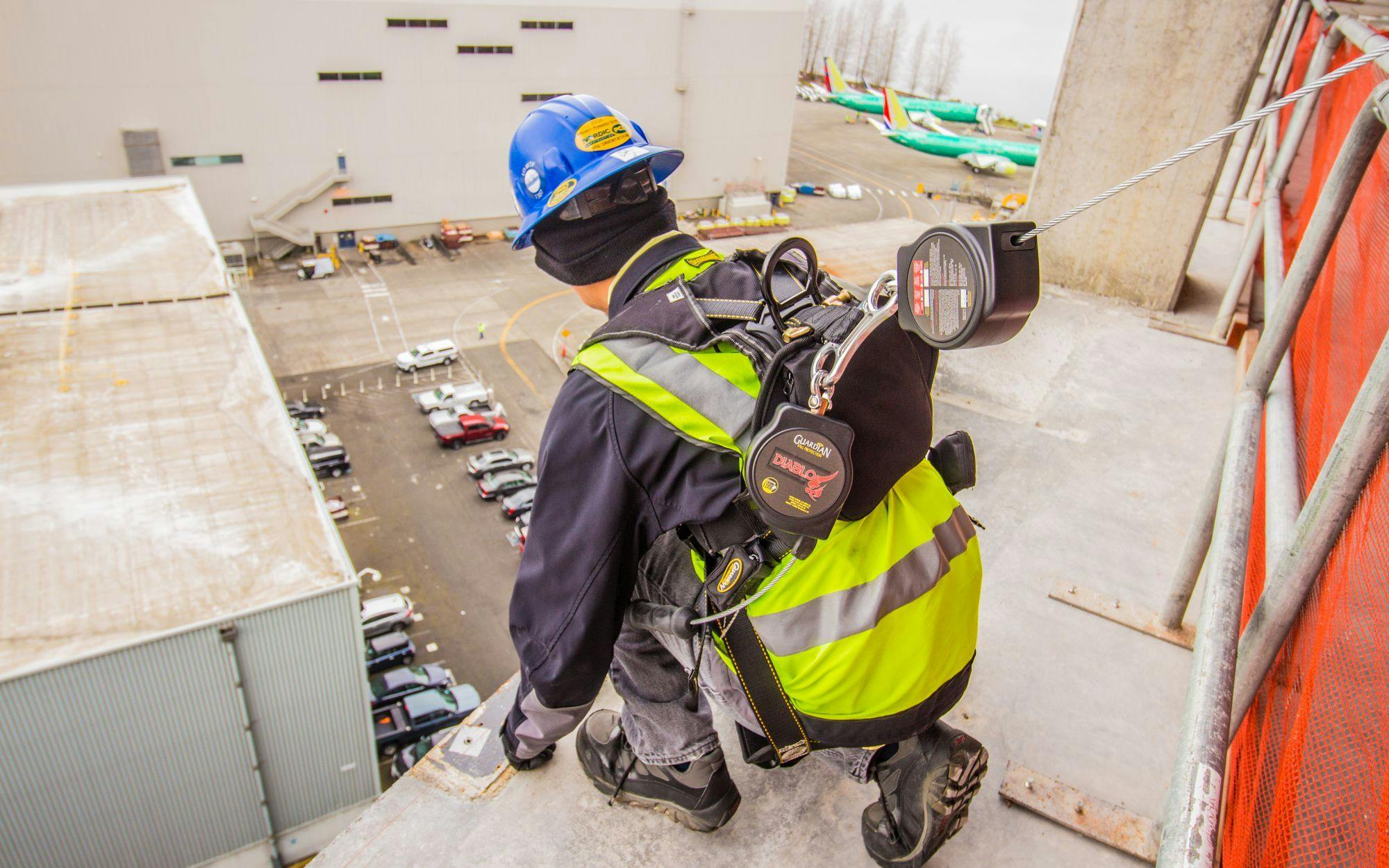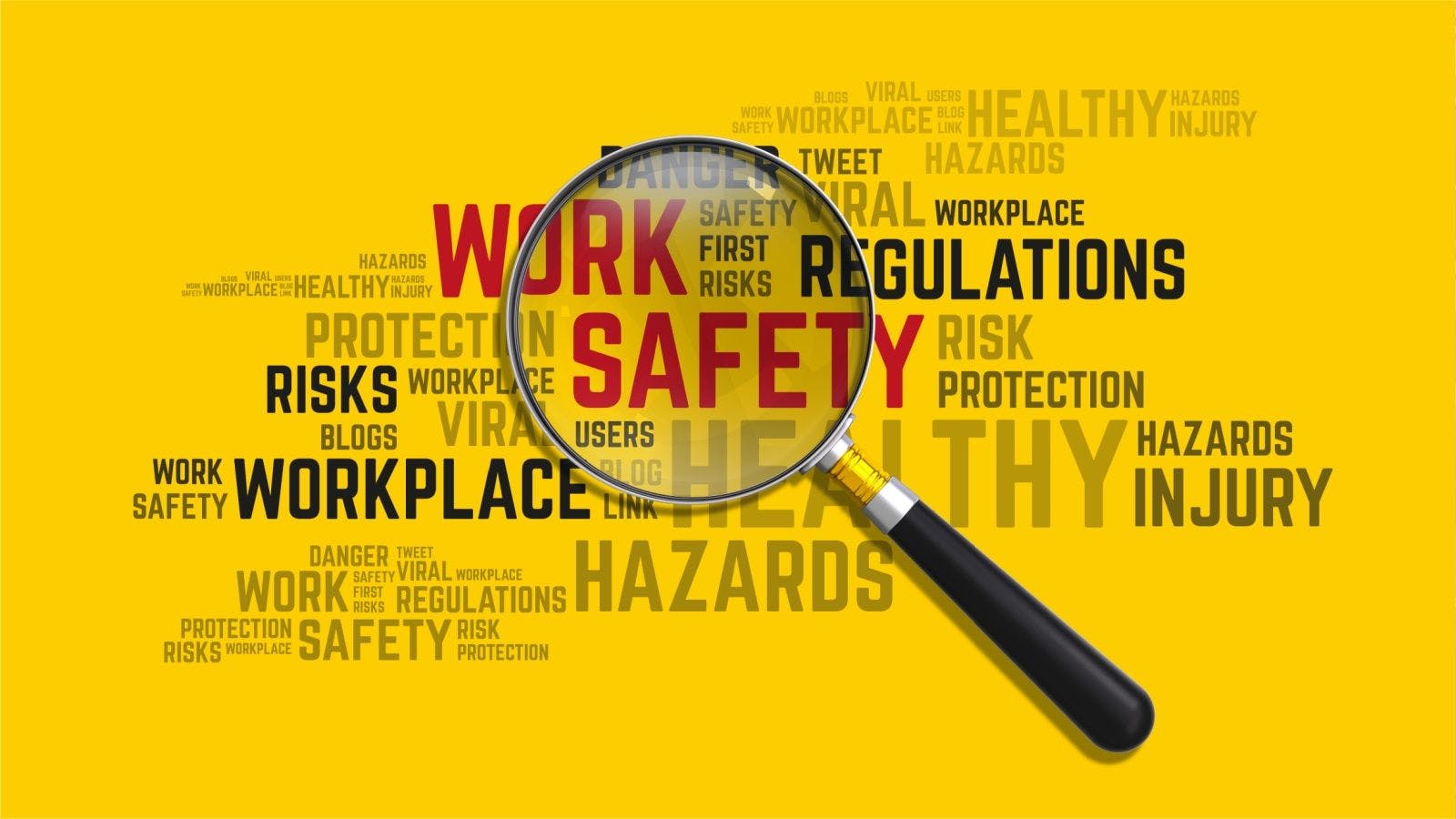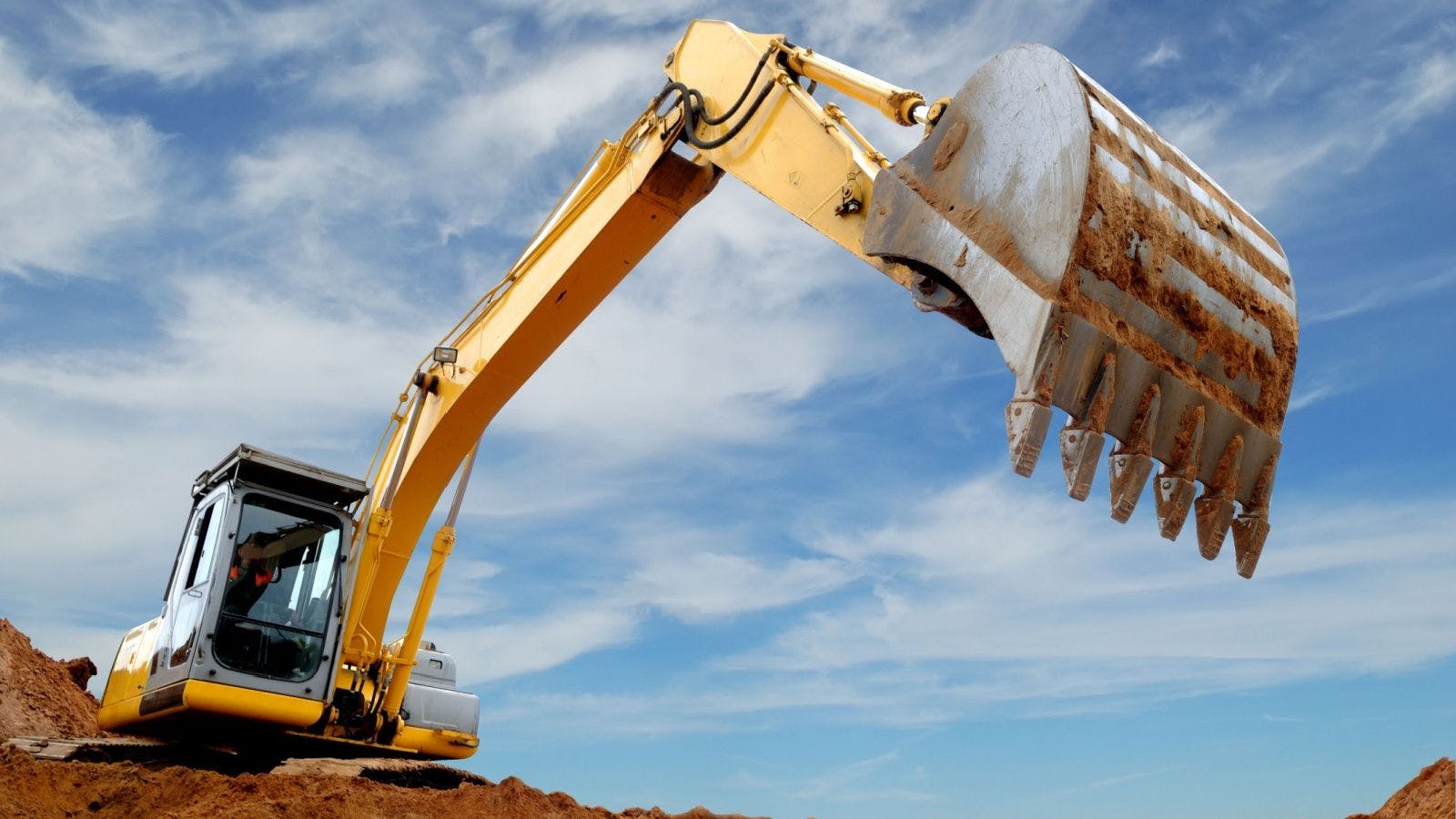
Don’t Overlook Leading Edge Hazards
Leading edge hazards are often misunderstood and overlooked on today’s highly visible jobsites. Evidence is readily available via images shared on construction-related social media accounts.
In the context of people showing pride for the hard work they do or the extreme conditions under which they work, posts offer glimpses into the methods employed to mitigate fall hazards. Alarmingly, many of these methods do not adhere to industry-accepted standards, especially in the case of leading edge applications.
Mincing Words
The definition of “leading edge” itself has undergone somewhat of a transformation since its introduction by OSHA to its current use by ANSI in the Z359.14-2014 “Safety Requirements for Self-Retracting Devices for Personal Fall Arrest and Rescue Systems” standard. OSHA defines a leading edge as an “unprotected side or edge during periods when it is actively or continuously under construction,” giving many the impression that a leading edge
was a temporary condition found only during the construction of a structure.
Although ANSI Z359.14 does not explicitly provide a textual definition of “leading edge,” it does include a leading edge testing procedure that requires the lifeline component of a self-retracting device to impact a steel edge during a dynamic drop test that simulates a worker falling over the side of a structure. It does not qualify that a leading edge exists only during construction; rather, it provides a working condition that defines a leading edge application as one in which, in the event of a fall, the lifeline of the fall protection system (in this case, a self-retracting device) will contact the edge over which the worker has fallen.
Different Problems, Different Solutions
Leading edge applications require special consideration and equipment due to the dynamics of a fall when the lifeline contacts the edge. Lifeline/edge contact concentrates forces at the point of impact, and this force, along with any abrasion caused by the edge material itself (of which ANSI currently makes no distinction between types), can overstress lifelines to the point of failure.
Shedding fall energy before it reaches the point of lifeline/edge contact helps maintain lifeline integrity and prevent catastrophic failure.
For self-retracting devices, ANSI requires leading edge compatible devices to “include an integral energy absorber element adjacent to the end of the line which connects to the body support.” At the onset of a fall, this energy absorber disperses fall energy—typically by means of a rip-stitch device— lowering the total amount of energy imparted to the lifeline at the point of contact, preventing lifeline failure and allowing safe rescue of the worker.
The More You Know
Like all safety-related problems, the most effective and reliable method of protecting workers isn’t hardware or equipment, it’s education. Raising the level of awareness and safety consciousness by investing in dedicated classroom training, daily toolbox talks, or bringing in safety experts for onsite demonstrations can pay safety dividends far into the future.
Once workers are educated on what makes leading edge work especially dangerous, how to identify a leading edge hazard and which specialized equipment is best suited to mitigate that hazard, they will make better informed and safer choices.
It’s said that once a mind stretches to embrace a new idea, it never again shrinks to its original size.
Height safety professionals can use this to their advantage not only for leading edge applications, but also to address the seemingly endless hazards encountered by today’s at-height worker—and to help make those shared jobsite photos a little less cringe-worthy.
Related stories








